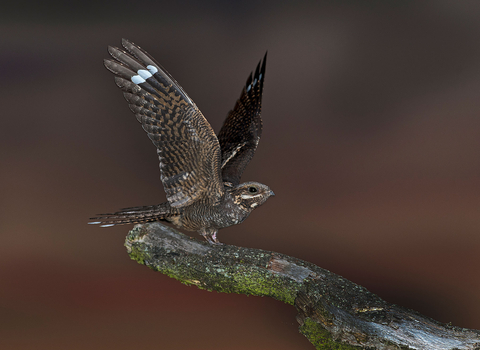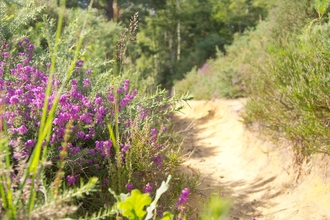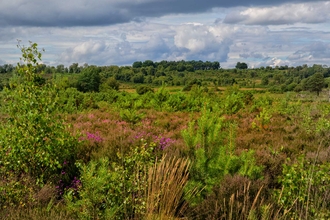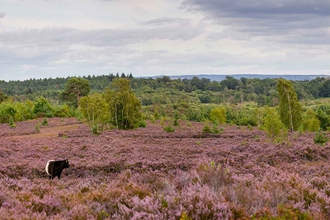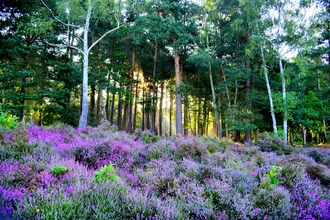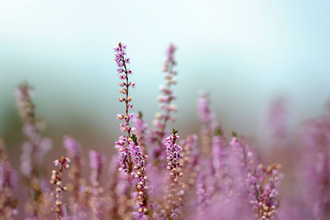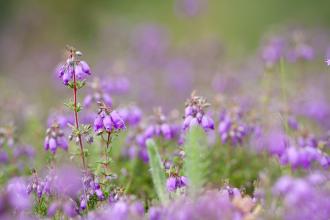The call of the nightjar
The nocturnal nightjar is one of our strangest birds. A wide-mouthed, insect-eating summer visitor to heathlands and young conifer plantations, they spend their days sitting on the floor, where they also nest. Cryptically camouflaged in greys and browns, they look just like a fallen log and are almost impossible to spot during the day. But at dusk, a strange sound starts up: a mechanical whirring, almost like a distant engine, and just as the darkness arrives, the nightjar appears.
About
Arriving here in April and May from its wintering grounds in Africa, the Nightjar nests on the ground on heathland and in young conifer woods. It is nocturnal, feeding on moths, flies and beetles. Amazingly well camouflaged, the Nightjar is most easily spotted at dusk when the males can be seen displaying to females, flying around them, wing-clapping and making their distinctive 'churring' calls.
How to identify
The Nightjar has cryptic, bark-like plumage that helps it hide among the undergrowth. Adults have flat heads, a small bill with a surprisingly large gape, and big eyes. Males have white patches towards the end of their wings and at the end of their tails.
Did you know?
The nightjar is also known as the goatsucker due to the ancient folk tale that they suckled from goats, causing them to cease to give milk...

